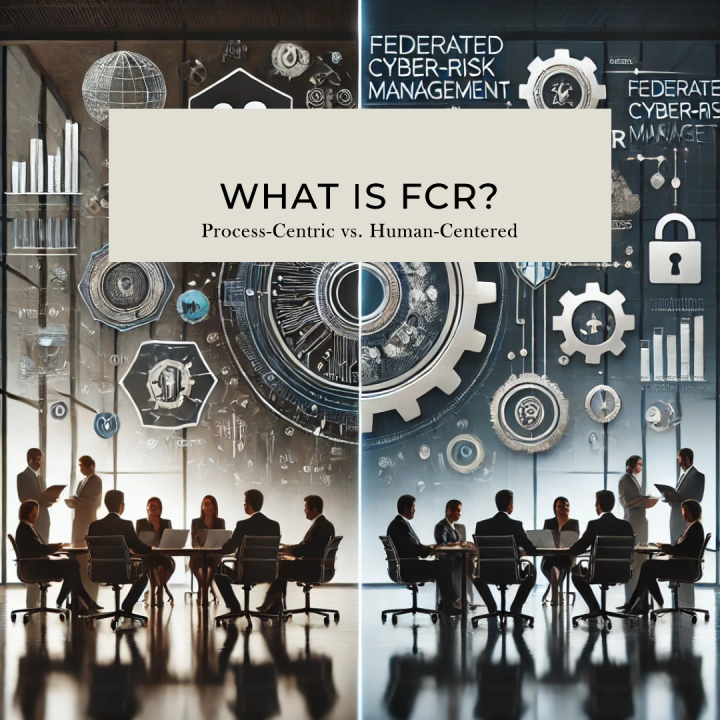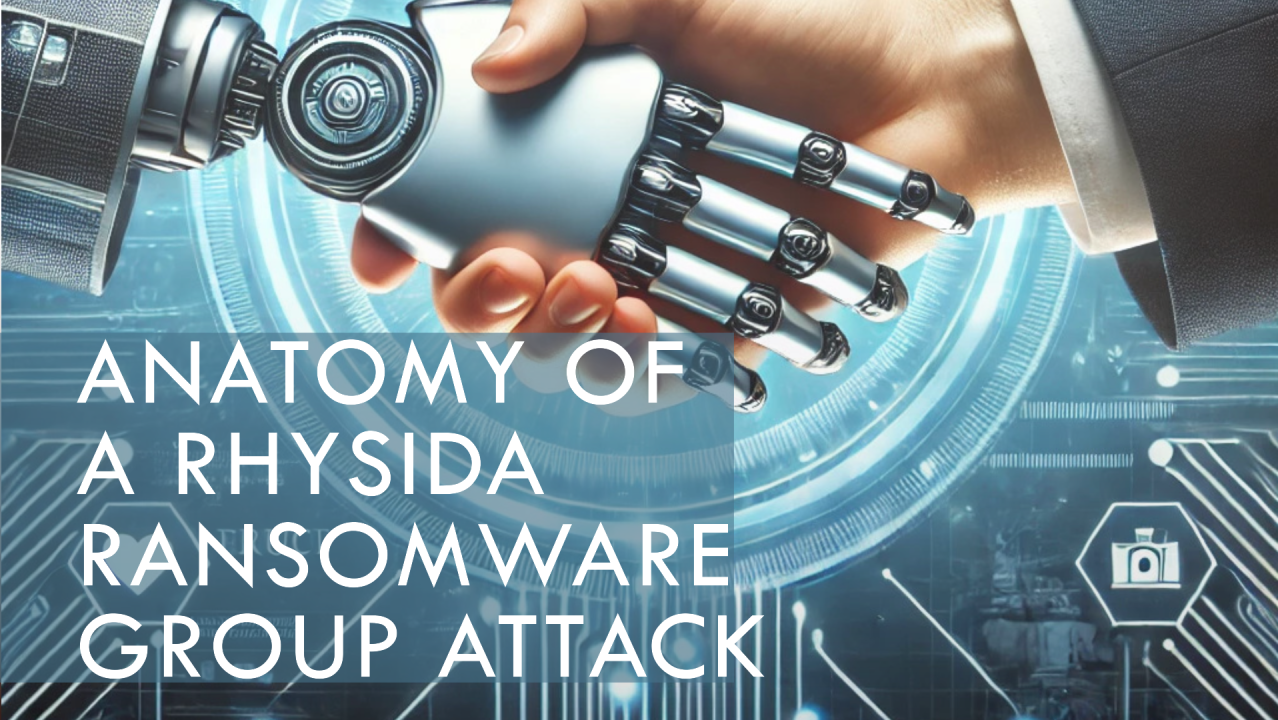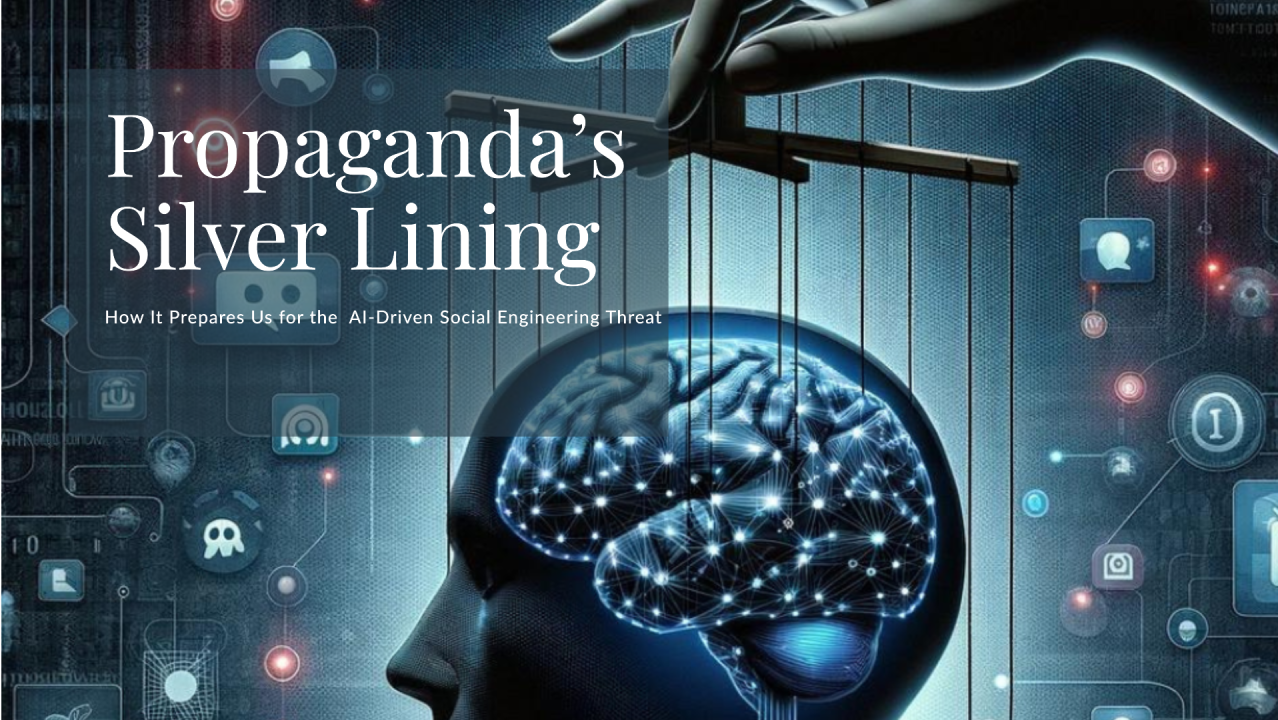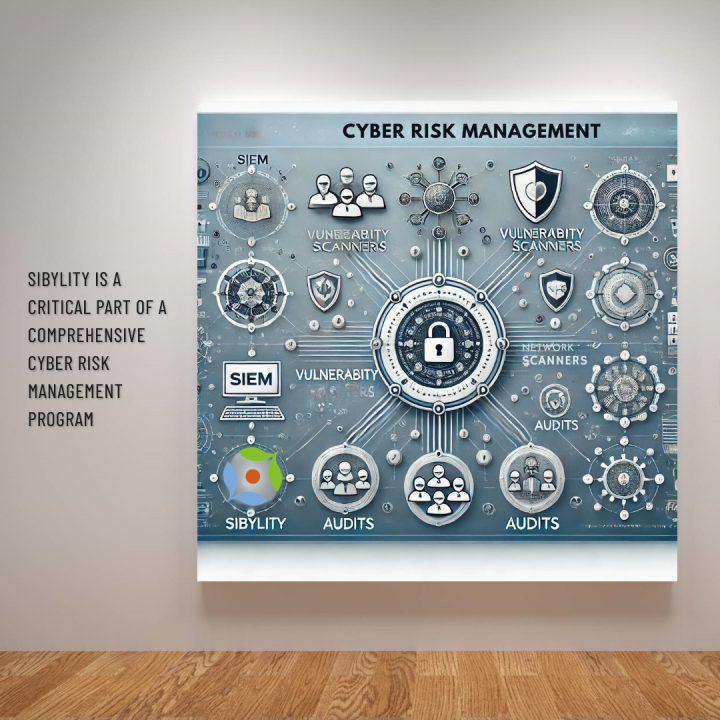Reimagining Cybersecurity: Insights from ProPublica's Investigation into the SolarWinds Breach
In December 2020, the world witnessed one of the most sophisticated cyber-attacks in history. The SolarWinds breach sent shockwaves through the cybersecurity community, revealing a harsh truth: no organization, regardless of size or reputation, is immune to cyber threats. However, what's even more alarming is the revelation from this ProPublica investigation that the breach was made possible by a vulnerability in a Microsoft component.
Andrew Harris, a former Microsoft employee, discovered this vulnerability but found himself thwarted by a system that prioritized short-term business interests over security concerns. Despite his efforts to escalate the issue, leadership remained indifferent, illustrating a troubling disconnect between cybersecurity and business stakeholders.
This scenario is all too familiar. In many organizations, cybersecurity is treated as an afterthought—a necessary add-on rather than a core component of operations. The relationship between cybersecurity teams and business stakeholders is often adversarial, with the former viewed as an obstacle to productivity rather than a guardian of digital assets.
To understand how we got here, we must draw parallels with past trends in quality management. In the 1990s, businesses underwent a transformation, recognizing that quality should not be the sole responsibility of a dedicated test team but rather a shared responsibility across the organization. This shift led to the adoption of quality management principles that empowered every employee to contribute to product excellence.
Cybersecurity must undergo a similar transformation. It is no longer feasible to delegate security concerns solely to a specialized team or to treat them as scapegoats when breaches occur. Cyber-risk is business risk, and it requires a collective effort to mitigate effectively.
That is why we built Sibylity by SibylSoft. Inspired by the principles of shared responsibility, Sibylity empowers organizations to manage cyber-risk collaboratively across all stakeholders. By fostering transparency and accountability, Sibylity puts an end to the blame game and excuses that have plagued traditional cybersecurity approaches.
With Sibylity, every member of the organization becomes a stakeholder in cybersecurity. From frontline employees to C-suite executives, everyone has a role to play in identifying, addressing, and mitigating cyber threats. By embracing shared responsibility, organizations can fortify their defenses against evolving cyber threats and safeguard their digital infrastructure.
The SolarWinds breach served as a wake-up call for organizations worldwide and the recent ProPublica investigation points to a critical need to rethink cybersecurity and embrace a culture of shared responsibility. Just as quality management underwent a paradigm shift in the past, cybersecurity must follow suit. Sibylity represents a bold step towards this vision, empowering organizations to navigate the complex cybersecurity landscape with confidence and resilience.
https://www.propublica.org/article/microsoft-solarwinds-golden-saml-data-breach-russian-hackers
Learn how Sibylity can help your business at https://www.sibylsoft.com










